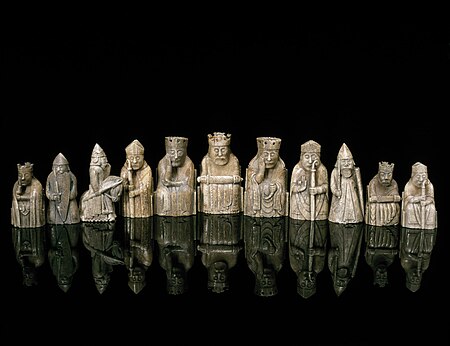
Word of the Day: Zetetic
Today’s word of the day, thanks to Dictionary.com is zetetic, and this one starts out crazy. The Word of the Day webpage (https://www.dictionary.com/e/word-of-the-day/) gives as a definition for the adjective, “proceeding by inquiry or investigation.” But if you look the word up on the Dictiony.com site, the first definition you find is “believing in or based on the theory that the earth is a flat plane and the sun, moon, and other heavenly bodies are only a few thousand feet above it” (https://www.dictionary.com/browse/zetetic) and the third definition is “of or related to an ancient Greek school of philosophy that espoused extreme skepticism” (ibid.). Merriam-Webster has a definition for zetetic as a noun: “skeptic, seeker, one of a group of Pyrrhonist philosophers” (https://www.merriam-webster.com/dictionary/zetetic).
“Pyrrho of Elis (c. 360 – c. 270 BC), born in Elis, Greece, was a Greek philosopher of Classical antiquity, credited as being the first Greek skeptic philosopher and founder of Pyrrhonism” (https://en.wikipedia.org/wiki/Pyrrho). Pyrrhonism, named after Pyrrho by adherents three centuries later, is a philosophy of skepticism. But that doesn’t explain the definition regarding the flat Earth.
The word entered English in the “1640s, from Modern Latin zeteticus, from Greek zetetikos ‘searching, inquiring,’ from zetetos, verbal adjective of zetein ‘seek for, inquire into’” (https://www.etymonline.com/search?q=zetetic).
On this date in 1831, the Scottish Society of Antiquaries put on display the Lewis Chessmen.
The Isle of Lewis is the northern half of an island called Lewis and Harris; for some reason, each half is referred to as if it were its own island. It is the largest island of what are called the Western Islands or the Outer Hebrides, out beyond the Isle of Skye, off the northwestern coast of Scotland.
The Lewis Chessmen were part of a hoard of items discovered either at Uig Bay or Mealista, two places about 6 miles apart on the Isle of Lewis. They were discovered by Malcolm MacLeod in a kist or cist in a sand dune. A cist is kind of a coffin that holds stuff as well as the body of the person who owned the stuff, and in this case there were over 90 individual pieces, many of which were chess pieces. The pieces came from at least four and maybe more different sets. MacLeod sold them to Captain Roderick Ryrie, who then put them on display on April 11, 1831 ( https://en.wikipedia.org/wiki/Lewis_chessmen).
After the display, Ryrie sold 81 of the pieces to the British Museum, 10 others to a private collector, a Scottish collector and artist named C. K. Sharpe. He later acquired another of the pieces, and eventually his 11 pieces were purchased by the Society of Antiquaries and donated to the Scottish Royal Museum.
Most of the pieces were carved from walrus ivory. The pawns, which number 19, are cylinders or tombstones, geometric shapes. The other pieces are sculptures of human-like figures: “The knights are mounted on rather diminutive horses and are shown holding spears and shields. The rooks are standing soldiers or “warders” holding shields and swords; four of the rooks are shown as wild-eyed berserkers biting their shields with battle fury” (ibid.).
The carved human figures have “bulging eyes and glum expressions” and have been described as “irresistibly comic to a modern audience” (ibid.). But the expressions were probably not meant to be comic.
Chess originated probably in India, then spread to Persia, then throughout the Muslim world, and also to Europe by the 9th century AD. In the Middle Ages in Europe, the game was a bit different from today’s version. Queens and bishops were relatively weak—the queen could move only one space at a time. There was no castling. And pawns could move only one space at a time—the practice of being able to move two spaces on their first move came probably in the 13th or 14th century. It wasn’t until the late 15th or 16th century that the Queen developed the power that she has today.
So the Lewis Chessmen date from a time when chess was a little different than it is now, but that doesn’t change the fascination of finding really, really old chess pieces. I imagine that some zetetic souls will keep investigating until we know all about the Lewis Chessmen. Perhaps their researchers will prove to everyone that the Earth is a globe.
Today’s image is of “The 12th-century Lewis chessmen in the collection of the National Museum of Scotland” (ibid.).